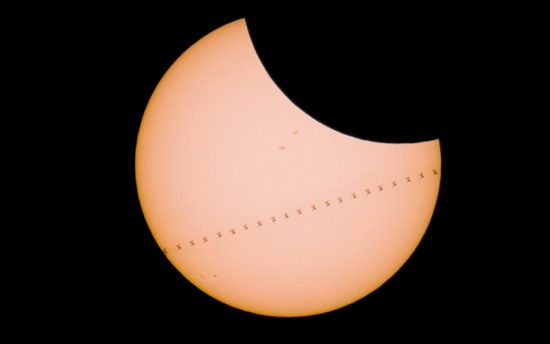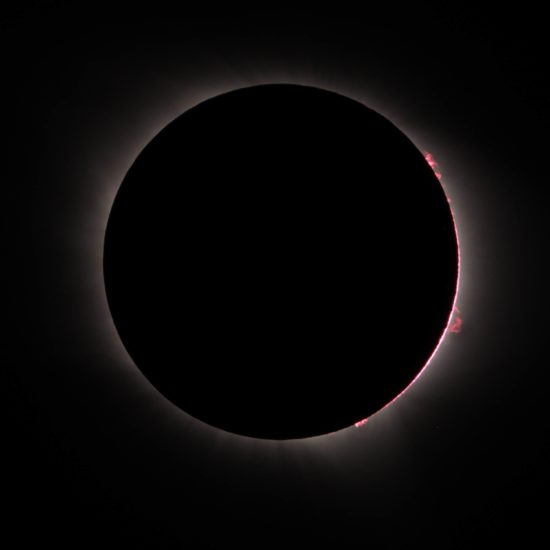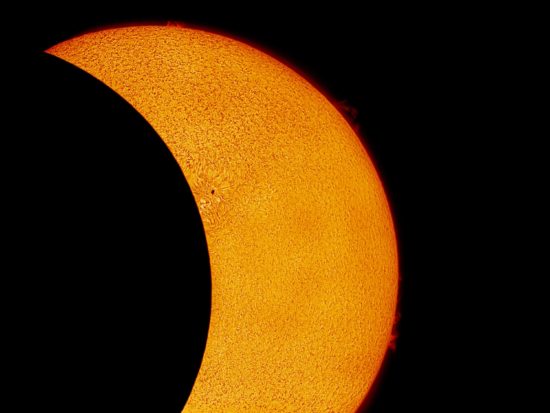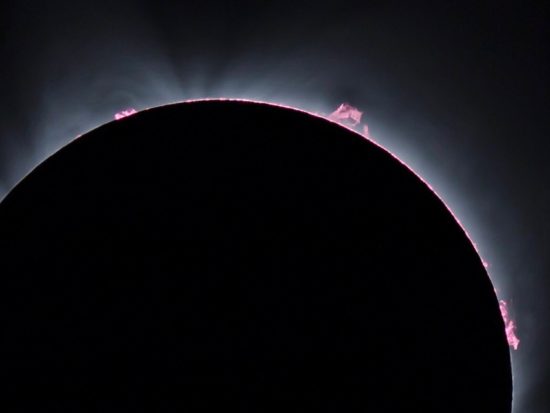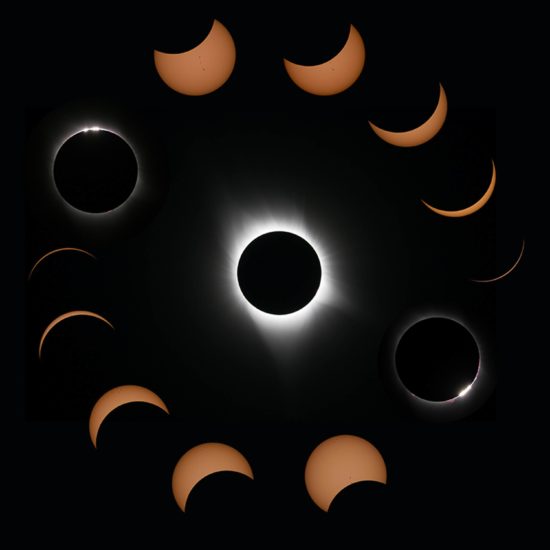Now that a day or so has passed since the total solar eclipse raced across the United States, we are beginning to see some of the better photos from professional photographers appear.
I’ve gathered a handful of what I consider to be some of the best photos so far. I think the most unique photo was by Canadian photographer Derek Kind, who travelled to a remote spot in Wyoming just to capture the International Space Station crossing the sun at the same time as the moon was crossing. I’ve witnessed the ISS crossing the sun before, and you have to be in just the right place at just the right time to witness it.
The following photos are also exceptional.
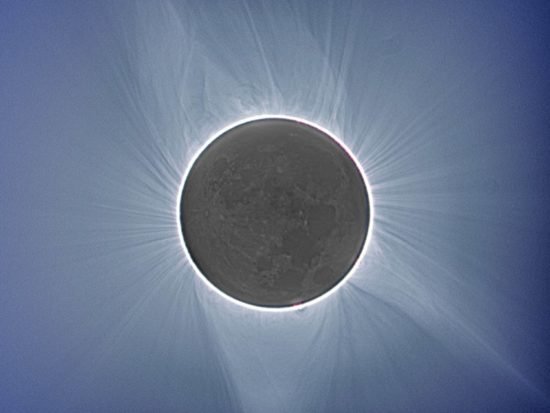
Multi-exposure composite, showing Earthshine reflecting off the dark side of the moon. Joe Woolbright, unknown location.
A video of people gathered to capture the Space Station transiting the sun can be seen here.

 Home/Blog
Home/Blog